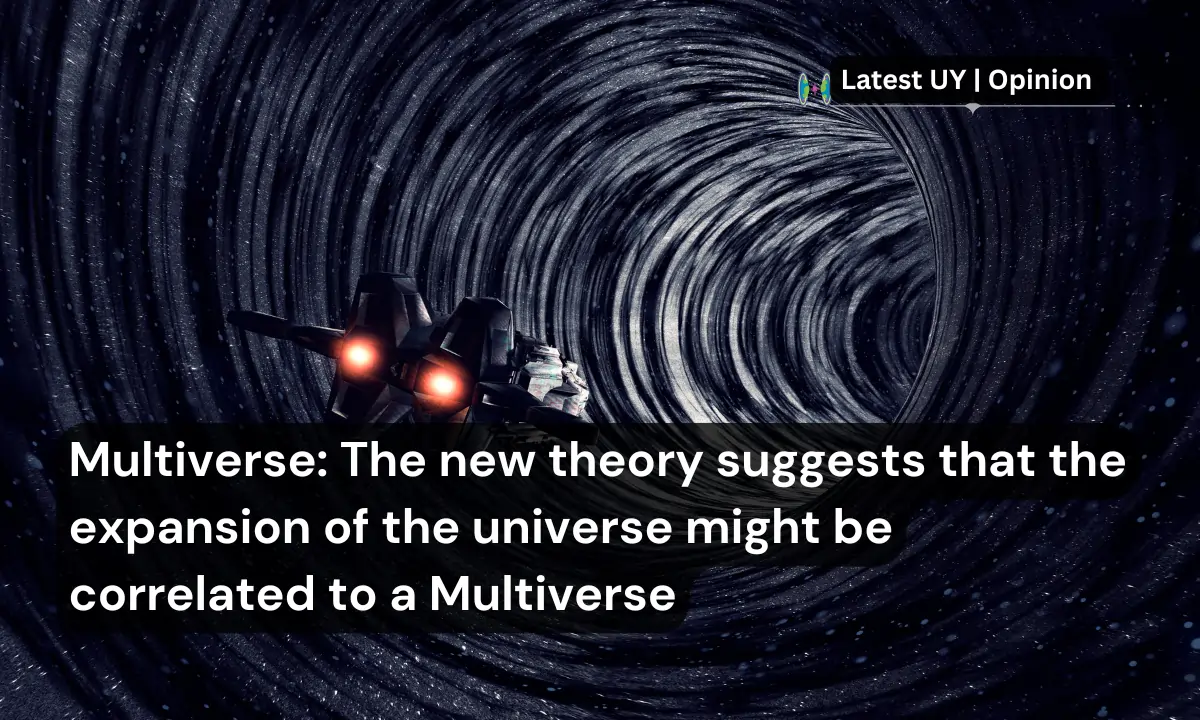Cosmic Inflation
Multiverse as a concept still remains a mystery for all of us. How the universe came into existence has amazed cosmologists to figure out many unsolved problems, and thereby, new ideas have emerged during the 20th century. The organ of the universe, likewise its expansion rate, has transformed cosmology, and new ideas that spread among scientists help them to conceptualise and study the universe and its true nature.
However, many things remain unknown and unfolded. After the origin of the universe, which was around 13.8 billion ago, it has expanded at quite a remarkable pace (Fraction of a second), which is faster than light travel between two objectives in the universe through which the universe came into its true shape is recognised as cosmic inflation.
Scientists, as of now, are unable to figure out what came before inflation, and many think inflation explains various facets of the universe that we currently observe, such as lack of curvature on a profound margin. Cosmic inflation might also have overblown density differences that commonly occur on quantum scales, which are ultimately helped by large-scale structures in the universe.
After cosmic inflation came to a halt, the energy driving it transferred to matter and light, and one second after the big bang, our universe was significantly hot, which is about 18 billion degrees Fahrenheit, comprised of particles. After a fraction of a second, neutrons and protons bound together and hence produce the earliest elements, such as lithium, beryllium, hydrogen and helium, which shape the universe that we observe today.
Observable Universe
The observable universe is a region of space that comprises all the matter that shapes planets and stellar objects. It can be visualised via telescopes and technologies that facilitate the observation of the universe, which has undergone cosmological expansion. The Hubble flow indicates the motion of galaxies, which provides an idea of the expansion of the universe. The notion of the expanding universe was primarily described by Edwin Hubble during the early 19s after observing an association between redshifts of different galaxies and their vast distances measured using the “period-luminosity”. He found that galaxies move away from each other, and the velocity of their expansion was proportional to their distance from us.
Hubble’s law establishes an association between the recession velocity of different galaxies and its distance, which signifies Vr= H d, where H is known as the Hubble Constant. Based on the assumption, it is worth mentioning that the galaxies that drift away from each other at a constant velocity after the Big Bang from the same point allow us to divide the distance by the velocity by which galaxies are expanding.
This is pivotal for understanding how long expansion has taken to separate them from each other to their present distance. This highlights that galaxies are expanding from each other and providing a thorough understanding of our observable universe, which comprises black holes, pulsars, white dwarfs, neutron stars and other stellar objects.
The new theory might suggest that the expansion of the universe might be associated with a Multiverse.
The expansion of the universe has astonished scientists, and they are trying to figure out different ways to establish conclusive evidence which might strengthen the expansion theory. However, a new theory suggests that the expansion of the universe might be correlated to the presence of the Multiverse. As we all aware, the concept, which is, signifies the existence of the Multiverse depicted in science fiction movies, which also represents a parallel universe.
In “Indian Institute of Technology” (IIT), Naman Kumar, PhD student, presents the idea about this aspect in his currently published paper in “Gravitation and Cosmology and Europhysics Letters”. He hypothesises that during the Big Bang ever, a matter that created an equivalent practice of anti-matter also formed, which might have altered the perception among scientists to establish a possibility of a Multiverse, which could also strengthen how the universe is expanding.
FAQ
Does Hubble’s law establish a better understanding of expansion theory?
Yes, Hubble’s law helps scientists to comprehend the expansion velocity of different galaxies.
Does a Multiverse exist?
As of now, no conclusive evidence regarding Multiverse has been identified.


